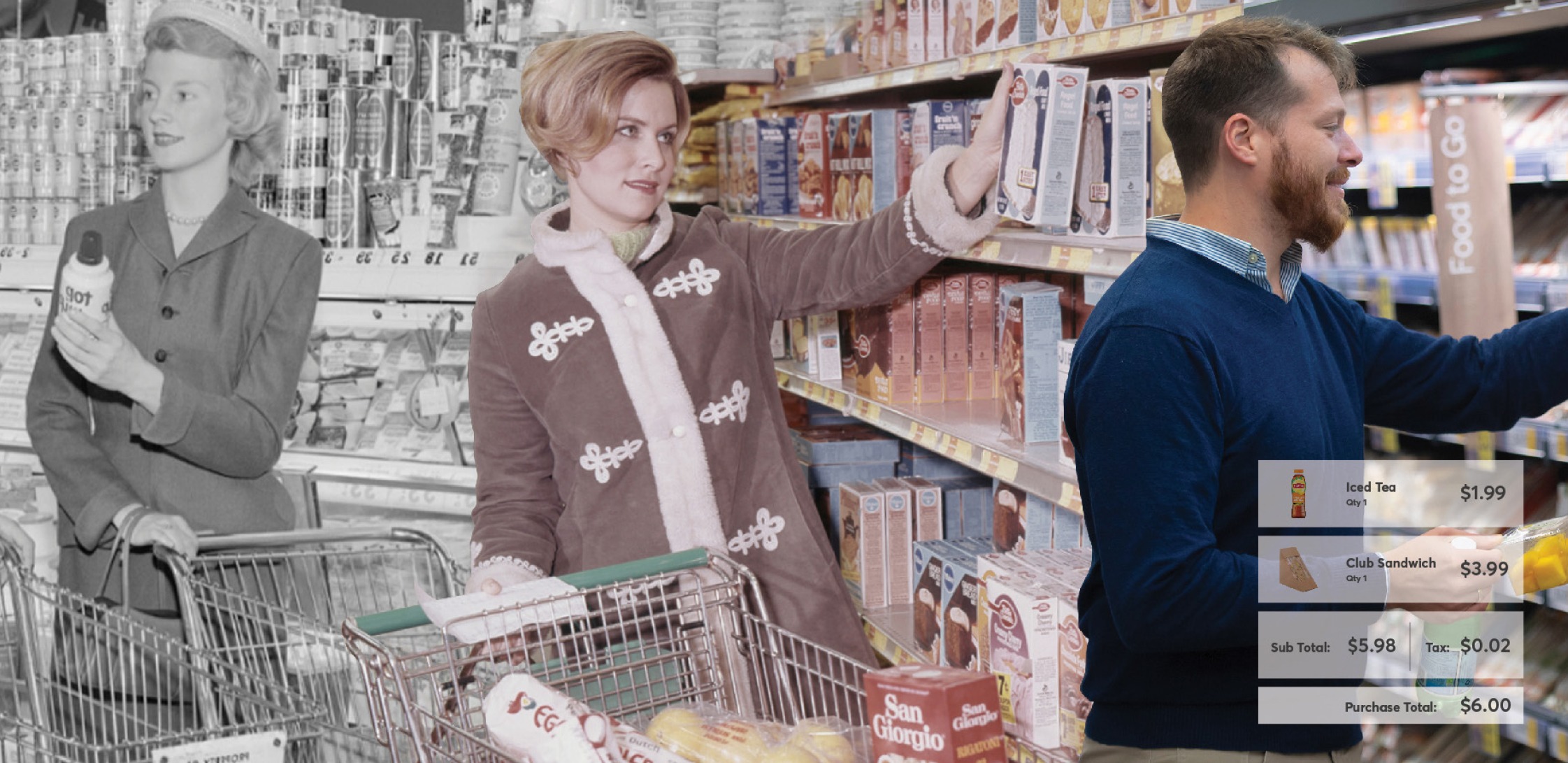100 Years of Retail: The Evolution of Grocery Stores

America’s first supermarket
In 1930, Michael Cullen, the son of Irish immigrants who started his career as a dry goods clerk, opened his own store in Queens, New York, thinking it would be a good idea to offer a large variety of fresh meat, vegetables, bread and dry goods all under the same roof. King Kullen with its parking lot and wide aisles immediately stood out as revolutionary, and took the smaller food stores of Kroger, Cullen’s former employer, to the next level.
Recognized by the Smithsonian Institute as America’s first supermarket, King Kullen is still in business today.1 Like a growing number of grocery stores, it offers online shopping and has what would have been an unimaginable array of products back in the 1930s. Anyone would agree it has come a long way, both pushed by and reflective of other changes in American society and the economy
But King Kullen and the entire industry are now facing transformative changes as digitalization, automation and artificial intelligence advance, not just with online shopping, but also changing physical stores and processes like supply chain management. The giant amounts of data produced through these innovations is playing an increasingly central role in the grocery business. In an industry that has long had extremely thin profit margins, utilizing this data and taking advantage of automated processes will ultimately determine a store’s bottom line, and could make a difference in who survives the transformation that analysts say is the largest ever seen in the industry.

